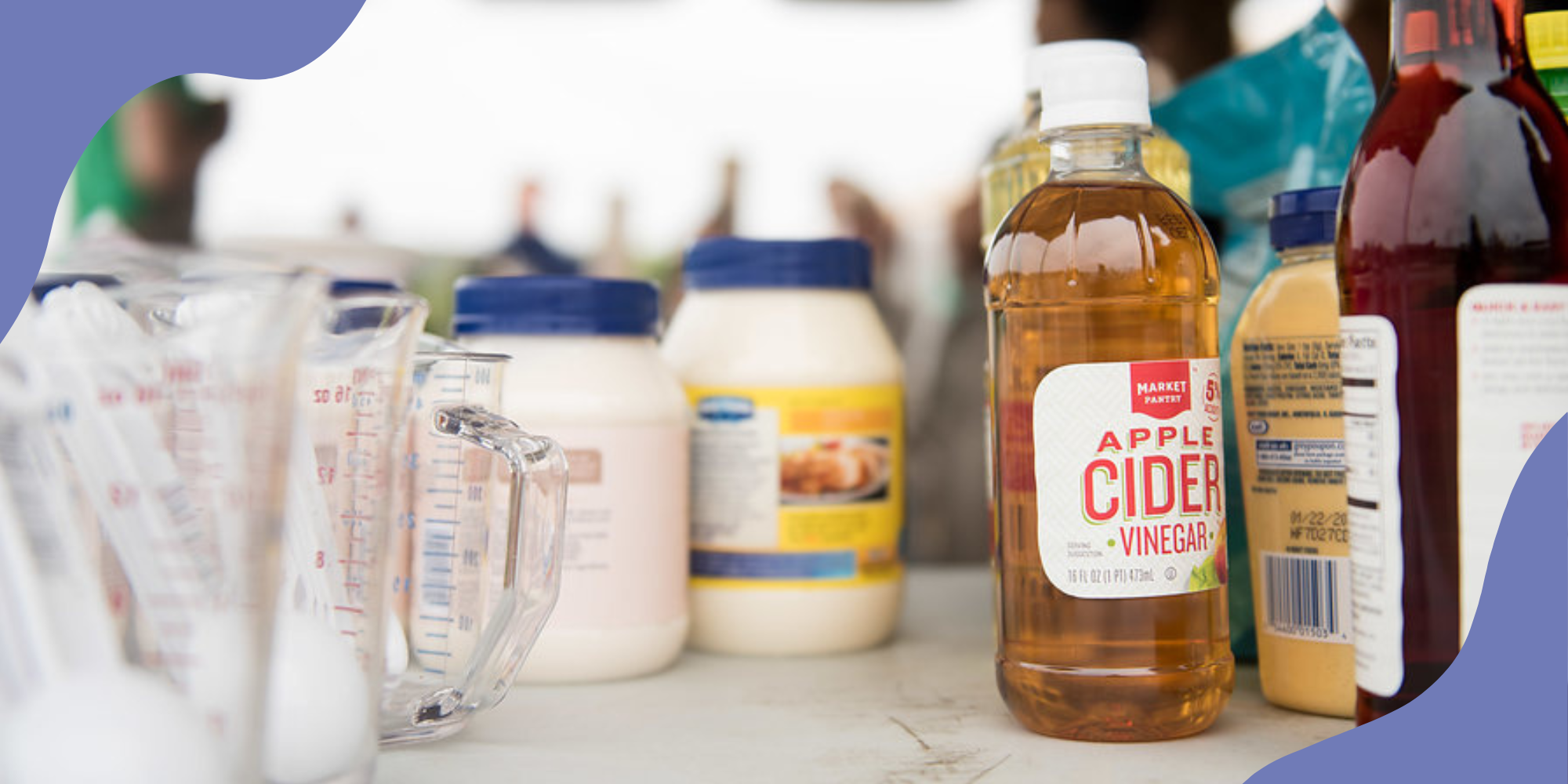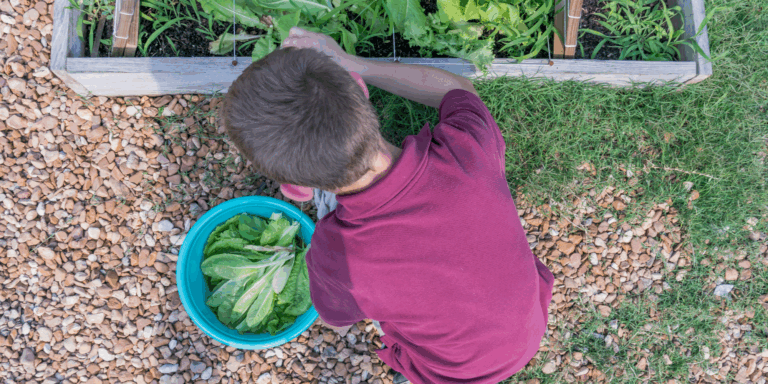Ultraprocessed Foods 101: What to Know About UPFs
And why everyone is talking about them.
Help nourish students’ minds, bodies, and hearts this holiday season!
And why everyone is talking about them.

You can find them in the news, in political debates, and maybe even in your kitchen: ultraprocessed foods are dominating the conversation about nutrition in America.
But that conversation isn’t entirely new. A flurry of recent research has reinforced what nutrition experts have long attested: whole ingredients are generally more nutrient-dense than processed ones, and kids and grown-ups who depend on industrial foods for a significant part of their diet are more likely to face chronic disease.
Child nutrition advocates, including FoodCorps, have long called for more locally grown, scratch-cooked foods in kids’ meals at home and at school. The growing focus on ultraprocessed foods fits squarely with that goal—and it’s getting more people talking about fresh, local food.
What are ultraprocessed foods, and why should we care? Let’s take a closer look.
Funny you should ask: there’s no universal definition of ultraprocessed foods. Not yet, at least—last month, the federal government announced it will soon create a “uniform definition” of ultraprocessed foods that will help guide policies on this divisive food category.
Lots of different steps constitute “processing” a food. Chopping, puréeing, freezing, canning, preserving, emulsifying, sweetening, flavor-enhancing—while some of these steps transform a food more obviously than others, they are all methods of processing.
The more times a whole food has been altered, the more “processed” it is.” “Ultraprocessed” foods typically refer to prepackaged foods containing few fresh ingredients and lots of synthetic ones. Some descriptions of ultraprocessed foods emphasize not the processing itself, but those extra ingredients, preservatives, and/or artificial flavors added to make food more appealing.
The last five to six years have seen an uptick in research on ultraprocessed foods, bringing the issue into the mainstream. Ultraprocessed foods are generally more calorie-dense and less filling than minimally processed foods. Some studies suggest that when we eat UPFs, we tend to eat more, eat faster, and eat past our fullness.
Relatedly, the Department of Health and Human Services has made decreasing consumption of ultraprocessed foods a key part of its healthcare platform, and a growing number of legislatures in both red and blue states have passed or introduced legislation seeking to curb the use of dyes and additives in school meals. Increasing access to fresh, local food is seeing widespread bipartisan support, making UPFs more prevalent in our national conversation than ever.
Foods labeled as ultraprocessed often contain high amounts of salt, sugar, oil, and other ingredients that best serve our bodies in moderation. They may also contain additives or preservatives that make them more convenient and longer-lasting than whole foods, and added color and flavor that evolutionary biology has led our brains to seek out. Studies have linked UPFs to higher instances of heart disease, diabetes, and other health conditions, though more research is needed to better understand why.
That being said, some foods typically thought of as ultraprocessed—like packaged baked goods or sweets—can also be made with whole ingredients, without preservatives, or at home with minimal processing. It’s more helpful to our health in the long run to encourage sustainable patterns of nutritious eating, rather than picking out individual villains in our cupboards.
Also worth remembering is that pre-packaged, shelf-stable foods are cheaper and more widely available than fresh produce and meats. In areas with limited access to fresh foods, eating ultraprocessed foods is a more nourishing choice than going without food at all. And, for families juggling work and parenting, finding the time to cook every meal from scratch is a privilege.
The reality is that scratch-cooked meals take funding, time, and training that most school food operations don’t have. Our school nutrition programs suffer from severe underresourcing—the result of decades-ago decisions by lawmakers who prioritized low-cost ingredients over high-quality ones. For years, UPFs were an affordable way to get food into hungry bellies.
Today’s school meals must meet strict nutrition standards—they’re often the most nutritious meals kids will eat in a day. But these standards are hard to reach on shoestring budgets. For every school lunch a student gets, the federal government reimburses the school around $4.60 if the student qualifies for free meals, or as little as 44 cents if the student pays full price. When you consider the cost of ingredients, labor, packaging, and equipment, the budget to cook every meal every day is slim.
Many schools with limited kitchen facilities serve foods that are prepped offsite, frozen, or processed into a different form, like applesauce. Some schools serve pre-packaged foods like cereals, breads, bars, or flavored yogurts to help meet meal requirements on a budget. And while more and more schools are serving scratch-made meals from local ingredients, it’s still a challenge for too many. Cafeterias need more support to serve meals that satisfy federal requirements and funding restrictions—and that kids will eat.
The best food we can feed our kids hasn’t changed, and it’s the food we’re fighting for: locally sourced food made from fresh and whole ingredients, scratch-cooked and made with kids’ preferences in mind.
FoodCorps will keep advocating for fresh, scratch-cooked foods to become the norm in schools through initiatives like school nutrition workforce training, investments in kitchen infrastructure, and local purchasing incentives. Our work in schools has shown us that the best approach isn’t to vilify specific ingredients. It’s to make it easier for schools to serve fruits, vegetables, and whole foods every day—and for kids to eat them every day, too.
The federal government is accepting comments on its definition of “ultraprocessed foods” until September 23. Add your voice to the discussion, and don’t forget to create a FoodCorps advocacy profile to get the latest policy updates.
Hungry for more? Sign up for FoodCorps emails and get new posts straight to your inbox.

Our 2025 Child Nutrition Policy Year in Review

Winterizing Your School Garden

5 Awesome Small Businesses by FoodCorps Alums